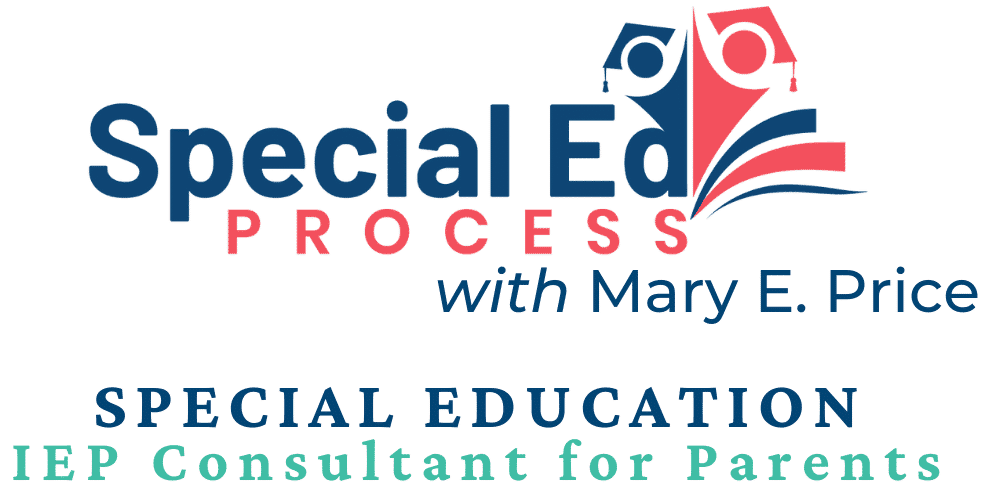8 Questions Parents Should Ask About Special Education Placement

Have you ever wondered whether the school has the resources, services, and educational programs to meet your child’s unique special education needs? Here’s what parents need to know about continuum of alternative placements and the key questions to ask the school to ensure your child’s current placement is appropriate.
Read this article if you want answers to these questions …
- What is a Continuum of Alternative Placements?
- Are schools required to offer a Continuum of Alternative Placements?
- What are the common types of alternative placements?
- What factors are used to determine the appropriate placement?
- 8 key questions parents should ask about alternative placement options?
What Is A Continuum Of Alternative Placements?
A continuum of alternative placements is a range of placement options in which a child’s Individualized Education Program (IEP) can be implemented. The goal is for children with disabilities to have access to a variety of educational settings where they can receive the specialized instruction (special education) they need to be successful in school and beyond.
Are Schools Required To Offer A Continuum Of Alternative Placements?
All public schools are required to ensure that a continuum of alternative placements is available for the delivery of special education and related services to meet the needs of children with disabilities. The requirement to have alternative placements doesn’t mean that every school district will offer the same placements. Every school district is different, so it’s important to ask specific questions about the placement options available in your school district or area.
What Are The Common Types Of Alternative Placements?
The alternative placement options range from the least restrictive environment (LRE) to the most restrictive environment.
The least restrictive environment is considered to be placement in the regular/general education classroom with appropriate accommodations and modifications. It’s important for parents to have a clear understanding of not only WHAT accommodations/modifications the child will receive, but also exactly HOW the school plans to deliver those supports.
In my experience, the school will often tell parents WHAT they plan to deliver, but there’s really no plan for the actual delivery. When in doubt, parents should ask the school to describe exactly what the delivery of services looks like in the classroom. In some cases, this description should be included in the child’s IEP so everyone is on the same page.
The environments that are considered to be more restrictive include placement in 1) special classes – self-contained classrooms with other students who have similar needs; special schools – approved special education private schools; home instruction; and community-based instruction – hospitals and/or institutions.
What Factors Are Used to Determine The Appropriate Placement?
As part of the IEP development process, the IEP Team (including the parent and child when possible) works together to determine the appropriate placement. This determination must take into account factors, such as the child’s cognitive and functional development levels, individual needs, availability of school resources, and the proximity of community-based placements to the child’s family.
The overall objective is for the IEP to be carried out in the least restrictive environment (LRE). That being the case, the placement discussion must begin with the child remaining in the general education classroom (with their non-disabled peers) and receiving supplementary services, such as direct, specialized instruction and remediation in accordance with the IEP.
If the IEP Team determines that the child cannot receive an appropriate education in the regular education classroom (with the appropriate level of support), more restrictive options will be explored. Similar to placement in the regular education classroom, it’s important for Parents to have the same level of clarity about what supports will be provided and how those supports will be delivered and monitored.
Placement decisions should be evaluated regularly to ensure that they are meeting the child’s needs. When necessary, adjustments may need to be made to ensure the child is receiving an effective and appropriate educational program.
8 Key Questions Parents Should Ask About Alternative Placement Options?
- What types of alternative placements are available?
- What types of services and supports are available in each of the placement options?
- How does the school ensure that all students have access to the services and support they need in the least restrictive environment possible?
- Where can Parents find the school’s continuum of alternative placements written policy?
- Can Parents review the course material, observe the classroom, and/or tour the facility prior to a final placement determination?
- Does the student’s educational placement impact graduation requirements?
- How is the student’s progress monitored and reported to the Parent while in the alternative placement?
- Do you have any suggestions on how I can support my child during their participation in an alternate placement?
To recap, this article answered the following key questions about Continuum of Alternative Placements …
- What is a Continuum of Alternative Placements?
- Are schools required to offer a Continuum of Alternative Placements?
- What are the common types of alternative placements?
- What factors are used to determine the appropriate placement?
- What are 8 key questions Parents should ask the school about alternative placements?
In conclusion, the continuum of alternative placements is an important tool for educators, parents, and students. It can help students achieve their educational goals, by providing them with the level of support and services they need. By following these guidelines, schools can ensure that all children with disabilities receive the support they need to meet their unique needs.
Disclaimer: Mary Price is not an attorney or legal expert. Special Ed Process does not offer legal advice. Click here for the Full Disclaimer.



